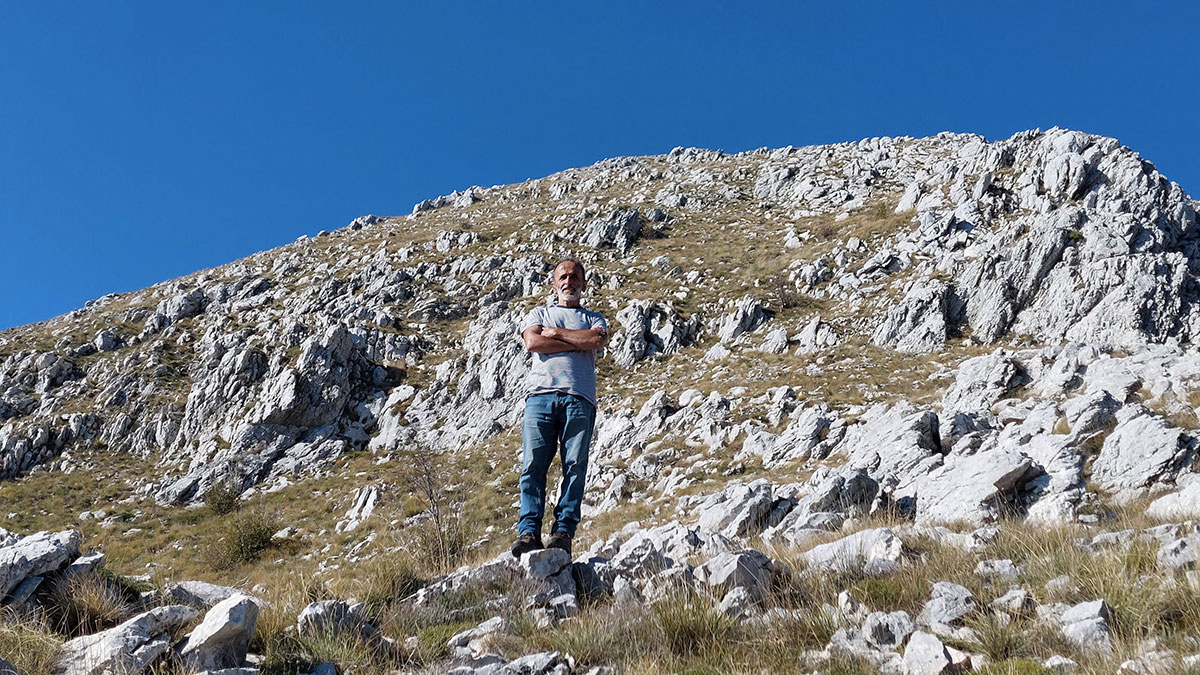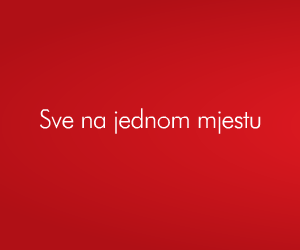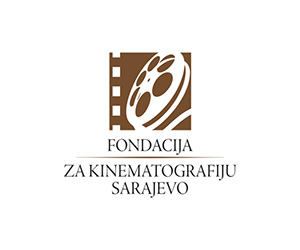
09/10/2025
Vladimir Perović: Film is often a one man's truth
“Reality is what you make of it”, among others, is a message that award-winning Montenegrin filmmaker and professor Vladimir Perović, tells to his students. His film “Goodlands”, a complex kaleidoscope composed of multiple stories and miniature vignettes, through which Perović explores the life and thoughts of mountain communities, their ethos, the principles and values they hold to, as well as the beauty of their everyday life under the stars, has been included in this year's selection of the Mediterranean Film Festival. We bring you a conversation with the director about the creative process, ethical challenges, and the power of authentic stories in documentary filmmaking."
In your earlier films, you “speak only with image”, and in “Goodlands” you allow the characters to speak. What led to this change in poetics, and how did it affect the structure and rhythm of the film?
This is not the first such “permission”. I have made a large number of films using the most ascetic language of images, without even a trace of that expositional-explanatory mode. It’s simply because I believe that word, regardless of its power, is not a means of expression in film, but only a humble servant who "delivers" something to the viewer: information, a fact, someone's opinion, etc. This was my belief long before post-truth and the terrifying "believe my words, not your own eyes" were inaugurated in public. I have developed poetic principles, one of which gives explicit advantage to image over words, but I am not rigid about that. Of course, my verbal comment, if I ever use it, can only be some poetic meditation in some essay-documentary. But with some topics, insisting on reducing everything to an image is dead work. That’s when it’s worth drawing inspiration from documentary characters and reaching out for some form of interview.
Fifteen characters from fourteen high mountain regions: how did you curate this “ensemble” of voices and spaces?
I almost answered simply! But it wasn’t that simple. During long-lasting preparations and research, you observe the lives of people you want to include in your story, listening to their thoughts on life, everyday life, struggles, beauty, and the universe. And you simply choose. Every art is a selection of a selection of a selection. Not everything can go into a film, just like it can’t all fit into a book or a painting. You choose what, in someone’s individuality and uniqueness, strikes you as meaningful, telling, universal, something that fits into the whole you're trying to create. And just to be clear, I am not one of those directors who shoot tons of material and say, “We’ll figure it out in the editing room”. No, I know what I’m looking for and when I find it, I take it, and if something turns up I haven’t planned, then I take that too. You have to be open to new things and to building upon them throughout the entire process of creating a work.
You often emphasise the “purity of speech, thought, and action” of mountain people. How did you balance between fascination and critical distance—especially in moments when certain views (e.g. misogynistic ones) might provoke strong resistance from part of the audience?
That’s an excellent question. People hesitate to ask that. Yes, there is one problematic character. But it seems to me that he is well-positioned in the film, because the audience laughed and giggled at his views. Note that even the great Montenegrin (and beyond) did not hide that such elements are part of the Montenegrin being. One of his characters said, “When I see a young woman laughing, the whole world spins around my head.” But another one resembles my character a bit more: “When my wife asks me where I’ve been, I’ll tell her I was out sowing salt— God help her if she dares not believe me!” My fascination lies both in the whole and in the individual parts—but not in everything. What I do is create a certain presentation of the mountain people, their attitudes, their value systems, and their worldview. And within that complex web, one of the elements of their worldview, which I occasionally encounter even in urban settings, is, undeniably, a degree of misogyny. To hide or ignore it would mean betraying reality. So, not every character’s viewpoint is my own.
You decided not to “play the censor”. What are your ethical criteria for keeping the controversial statements, and where do you draw the line between documenting authenticity and potentially reproducing harmful stereotypes?
Since there is never an authorial voice-over commentary in my films (my poetic principle), I am left with the means of pure film. I do not accept the journalistic and judicial requirement for a film that "the other side must be heard" - a film can be, and often is, the truth of one man! And that’s why I don’t find it necessary to insert the opposite attitude. If someone were to make a film about a mass murderer from a concentration camp, he would let us hear what was going on in his head, without comment. Because, I guess, civilisation has at least progressed so much that on the one hand, the viewer has a pre-existing aversion to such human action, to such a character, and to every one of his attitudes. And on the other hand, there are means in the language of film for the author to discreetly express his attitude.
The film affirms a trinity: the portrait of the people, nature, and voice. How did you conceptually and technically arrange the relationship between sound and image so that nature wouldn’t just be a backdrop, but an equal interlocutor?
As much as the image speaks, so does the sound. The soundscape is not merely a background, just as nature’s given scenery, the beautiful mountain landscape, is not just scenery. Both speak. Above all, they are an essential, inseparable part of the human beings who inhabit that place. Working on films primarily reduced to image and sound, I had to, or rather, wanted to, always pay great attention to the sound in film. Some of those fantastic sounds you capture on location during filming, but others you certainly have to create! Some because it’s technically difficult to record them properly (or at that moment we didn’t have the right sound engineer or equipment), and others to enhance the effect, to emphasise something, to make it even more beautiful or more terrifying, and so on. Simply put, no matter how much I insist on authenticity, surely it’s not forbidden for a documentary filmmaker to include some associations, to imagine, to simply make reality more expressive, more vivid...
“Goodlands” simultaneously captures the local and speaks universally. How did you translate local idioms, humor, and the rhythm of speech without losing the “salt” of the language?
Not just with this film, but as a general rule, I make a full transcript of every spoken word, and then I explain to the translator in detail all the localisms, provincialisms, or certain meanings and subtexts that aren’t immediately visible, but are familiar to me, because these are people from my region. Sometimes I even suggest translations myself. And generally, it’s crucial that your story, your point of view, your way of presenting things, can be understood by a viewer from Greenland just as well as one from Fiji.
A large part of the film rests on the strength of non-professional protagonists. How do you work with the non-human elements, like stage fright, self-awareness in front of the camera, and the “performative” layer that often emerges once someone knows they’re being filmed?
That’s a beautiful and fundamental question for all of documentary filmmaking! The first step is certainly building trust and a kind of closeness with the specific protagonist. Your conversation with a potential character must, above all, be human. It should never feel like a conversation between a predator and prey. They need to sense that you are genuinely interested in their life and their thoughts. Research and preparation play a crucial role in that. I don’t know how, but in my whole career, it has happened only a few times that a protagonist turned out to be a “tied-up sack.” Somehow, something seems to develop between the character and me. Of course, the whole crew is part of that, because one bad vibe from a single team member can ruin the chemistry and spoil everything. And when that awareness of the camera or a moment of self-performance does emerge, I’ve found that humour is the best anaesthetic and anxiolytic. On top of that, the protagonist has to understand that this is a documentary film, which means life, which means time and duration. We are not television, meaning life in fast-forward, nor are we a firing squad that comes in, takes aim, shoots, and leaves. We are people, just like him—the protagonist.
The film has already received numerous awards and accolades, but how do you perceive the difference between how it’s received by expert juries and by audiences in the theatre?
I would say that the audience, through the life presented and thoughtfully framed in images, generally recognises certain elements of their own lives, their own beliefs, fears, joys, and dilemmas. And they certainly feel that there’s something more present. The film stirs associations, invites comparisons, and provokes judgements and conclusions. With juries, based on the feedback I’ve received, I see that they appreciate the slower pace (which is, in fact, the actual rhythm of life for these people, not just a tempo imposed by me as the filmmaker!). They value the absence of overloaded verbal narration and the priority given to image. They also appreciate the poetic principle of using no added music—just the inherent ambient sound. In short, they recognise the cinematic choices I made in building the narrative as a whole.
As a lecturer, you engage in dialogue with different generations of viewers and filmmakers. What is the most important lesson about the documentary language that you’ve shared with your students?
I no longer teach in Montenegro. When the church authorities came in, the job was given to another citizen, who didn’t stay long, and now the course is led by one of my excellent former students. Still, I maintain a great relationship with many former students, mine and not only mine, from here and abroad, as well as with colleagues of various generations. I also regularly take part in the international student film camp Interakcija in Požega, where, quite literally, the whole world comes together. What I tell students is: don't be afraid, and don’t hold back. I tell students not to be afraid or hesitant. I tell them that they have the right to do anything, as long as they do not falsify or betray reality and truth. Reality is not what it is in itself, reality is what you make of it!


